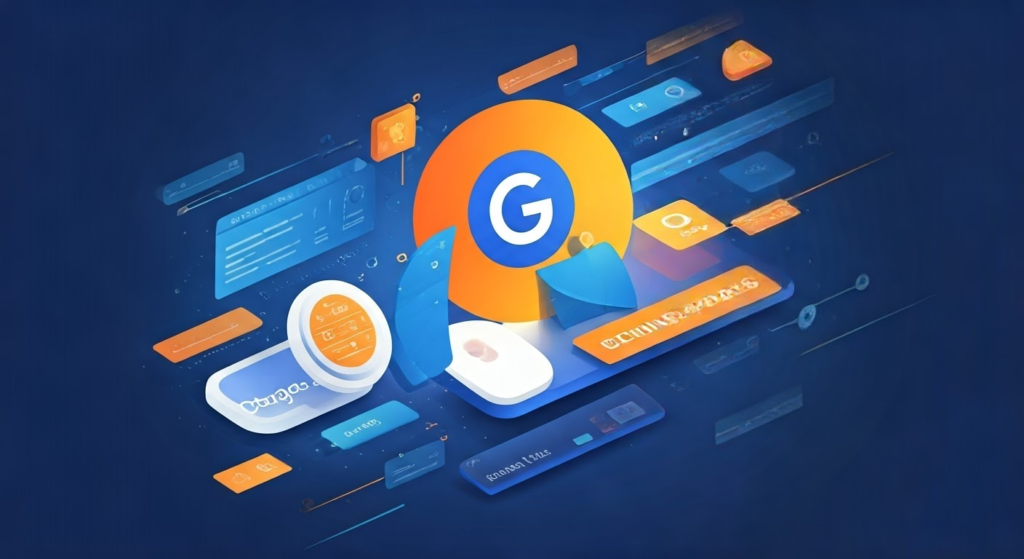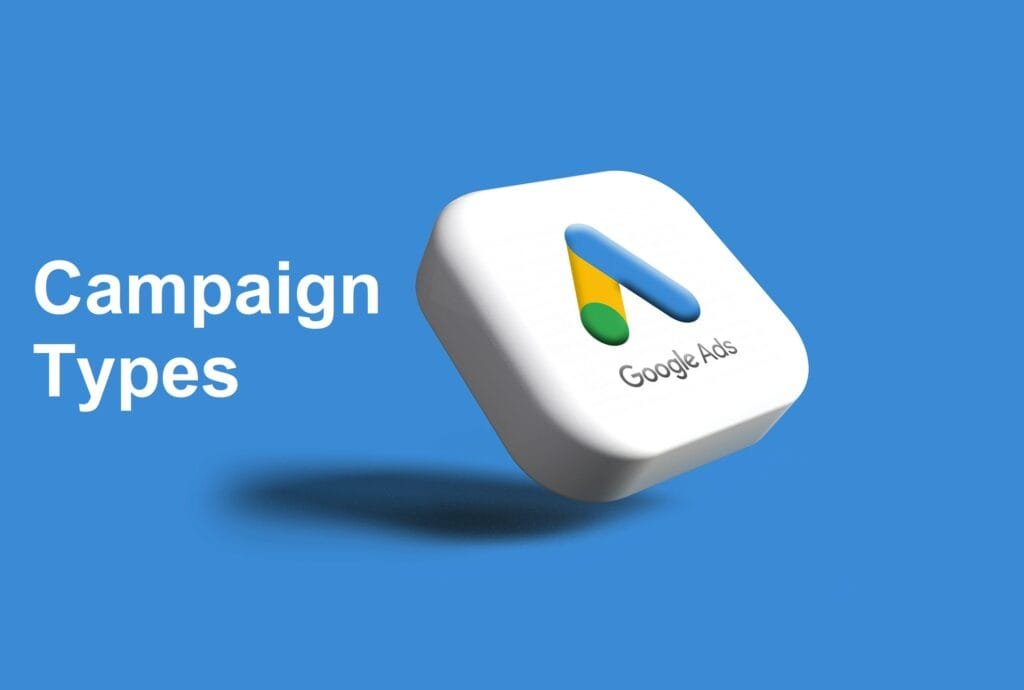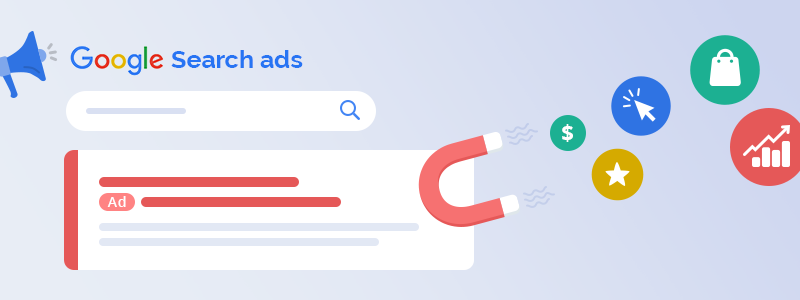Google Ads Targeting: Key Highlights and Tips
- Google Ads targeting is important for finding the right people.
- You can target based on demographics, locations, languages, and devices.
- Use keyword targeting to reach people with strong buying intent.
- Audience targeting is good for creating personalized ads and remarketing.
- Placement targeting lets you choose where your ads show up.
Introduction
In the wide digital world, it is very important to make sure your Google Ads reach the right people and a broader audience of pages on selected content on relevant sites. This is where Google Ads targeting helps by providing different ways to connect with potential customers who will most likely be interested in your products or services, including contextual targeting through relevant web content and topic selections. You can do this through Google’s search results and their large display network.
Overview of 10 Critical Google Ads Targeting Options
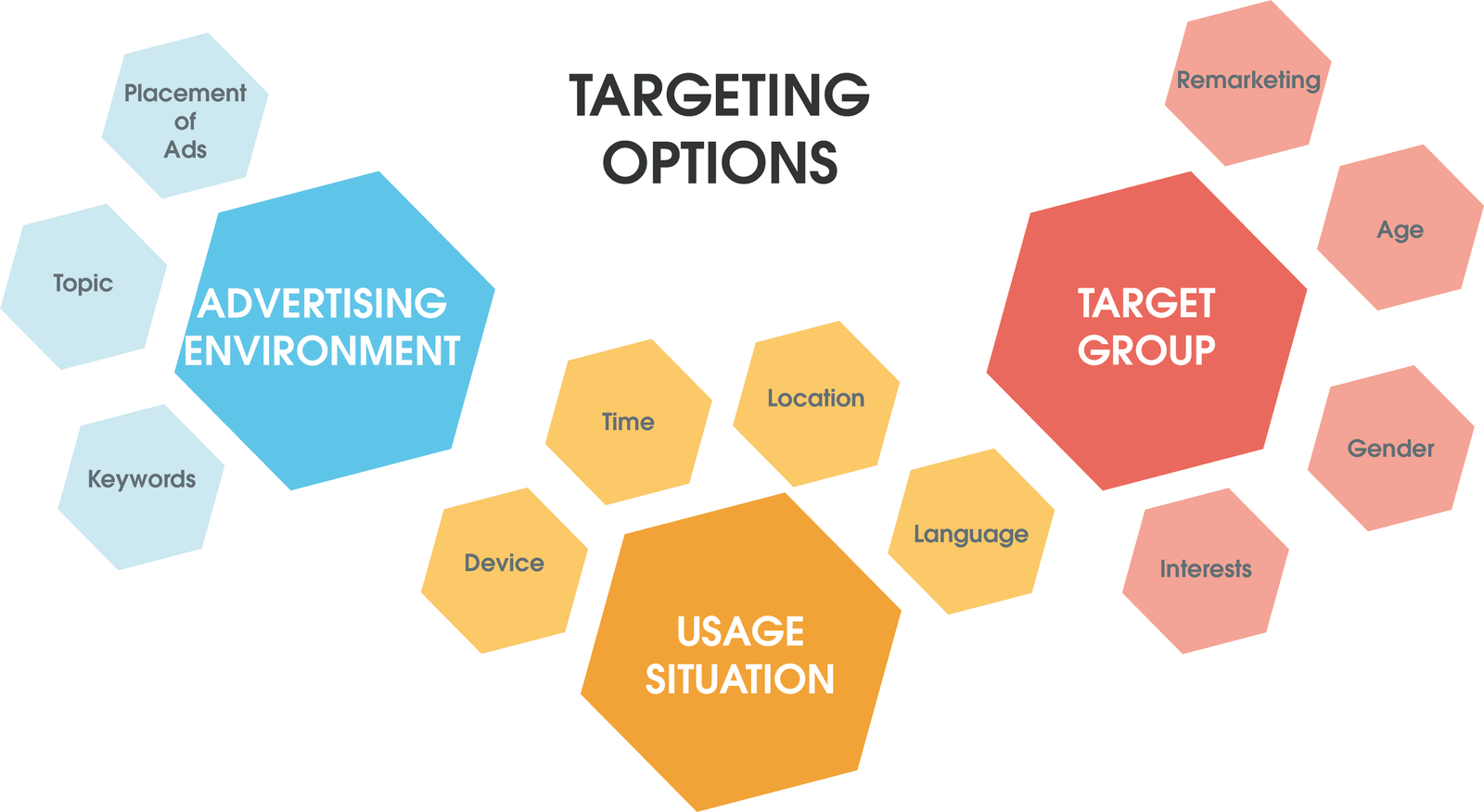
Think of trying to reach many possible customers like fishing in a vast ocean. You might catch a few fish, but a lot will escape. With Google Ads targeting, you can aim more accurately. This blog post will look at ten key options, including different options for Google Ads targeting. These will help you improve your reach and get the most from your ads. We will discuss demographics, locations, interests, devices, and more.
Demographic Targeting: Reach Your Ideal Audience
Demographic targeting helps you focus your audience based on factors like age, gender, parental status, and household income. This detailed approach makes sure your ads reach people who match your ideal customers. By using the detailed demographics data from Google Ads, you can target the audience segments you want.
For example, if you sell luxury watches, you could aim for users with higher incomes and those who like luxury items. This strategy increases the chances that your ads will connect with the right people, which can lead to more sales.
Effective demographic targeting means your message reaches people who are most likely to be interested. This can make your ad spending more efficient and produce better results.
Location Targeting: Connect with Users in Specific Areas
Location targeting works exactly as it sounds. It helps you reach users in certain geographic areas. Whether you run a local shop or a worldwide brand, this feature lets you share your ads in places where your target market lives.
With location targeting, you can:
- Aim at specific countries, regions, cities, or zip codes.
- Connect with users within a set distance from your business address.
- Leave out places where you do not sell your products or services.
This level of detail makes sure that your ads reach users in locations where they can get your offerings. This makes your advertising more relevant and effective.
Language Targeting: Engage with Multilingual Audiences
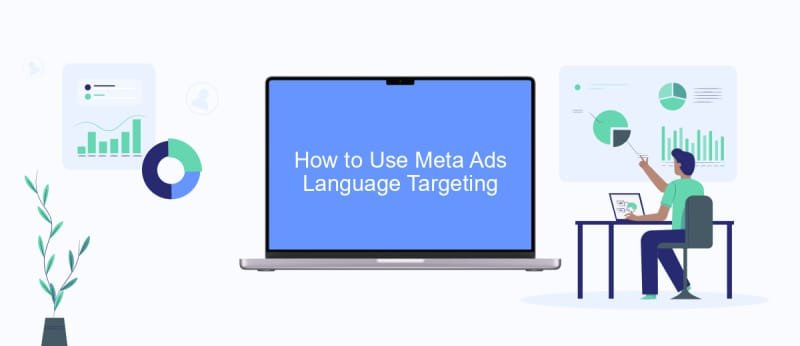
In today’s connected world, businesses reach many different language speakers. Using language targeting in Google Ads helps you connect with potential customers in their preferred language.
When you adjust your ad copy to match the language of your audience segments, they better understand your message. This personal touch can lead to more clicks and more sales. Google Ads has many languages to choose from, so you can talk to different groups easily.
Also, language targeting stops you from spending money on users who don’t understand the language in your ads. It’s a simple way to make your campaigns more effective for a global audience.
Device Targeting: Tailor Your Ads to Mobile or Desktop Users
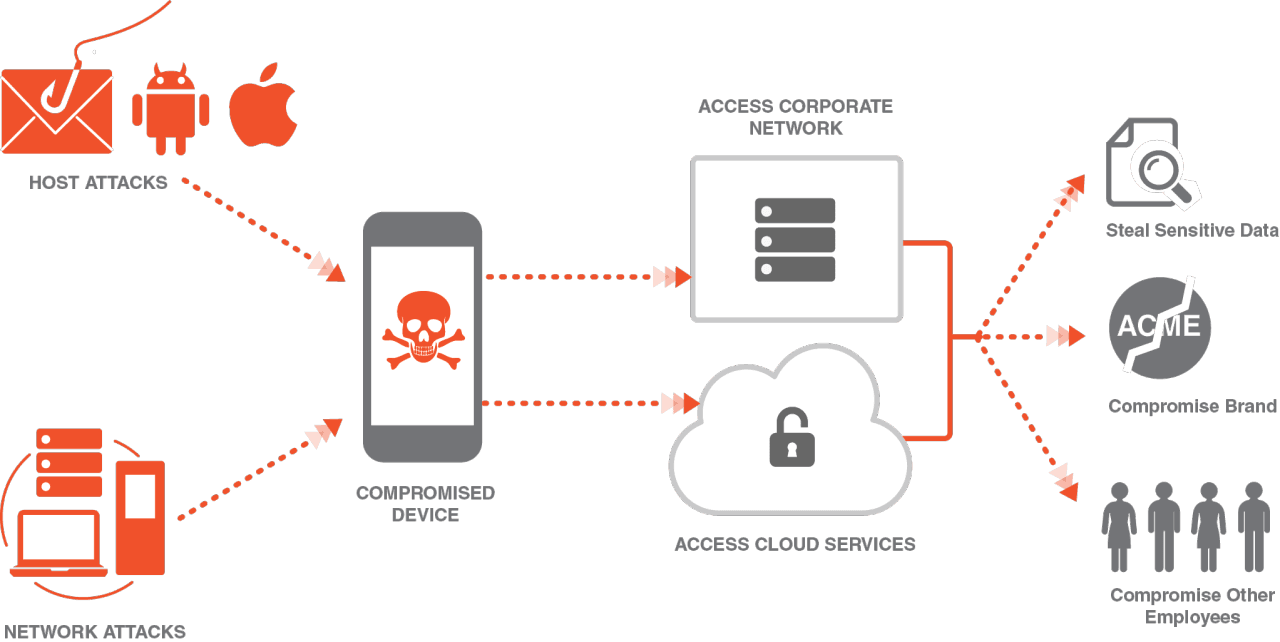
Recognizing that people use content differently on various devices is important today. With device targeting on Google Ads, you can adjust your ads for specific devices. This includes desktops, mobile phones, tablets, and operating systems like Android or iOS.
This kind of customization helps make your ads better for the device your target users are using. It improves their viewing experience and encourages more interactions. For example, you can show ads with images on larger screens and focus on text ads for mobile users.
Device targeting also helps you spend your budget wisely by concentrating on the devices your target users use the most. This way, you can have a bigger impact with your campaigns on theGoogle Display Network.
Keyword Targeting: Capture Intent-Driven Traffic

Keyword targeting is essential for Google Ads. It helps you reach users who are looking for information about your business. When you pick the right keywords that match what people are searching for, your ads will reach the right audience. There are various keyword targeting methods you can use:
- Broad match: This method looks for a large audience searching for different versions of your keywords.
- Phrase match: This method focuses on users searching for your keywords in a set order.
- Exact match: This method shows your ads only to users looking for your exact keywords.
- Negative keywords: This method stops your ads from appearing for specific terms that do not relate to your business.
When you understand what users want and use these keyword targeting methods well, you can bring high-quality traffic to your website. This increases your chances to get more sales.
Audience Targeting: Utilize Lists for Personalized Advertising

Audience targeting helps you connect with specific groups of people, focusing on various audience types instead of just looking at general audience demographics. This provides a comprehensive view of your audiences and a consolidated view of your audiences in your audience report, including a report page that enhances audience management along with new audience reporting.
You can click the campaigns icon to focus on those who have already interacted with your business. This way, you can use specific messages to re-engage users who are interested. This makes them remember your brand better and helps increase sales. Here are some important methods in audience targeting:
- Remarketing Lists: Target users who have visited your website or used your app before. Show them ads that fit their past actions.
- Customer Match: Upload things like email addresses of your customers. You can then reach out to them with special campaigns on the Google Display Network.
- Similar Audiences: Reach out to users who are like your current customers. This helps you find new customers who have similar interests and behaviors.
Placement Targeting: Choose Where Your Ads Appear
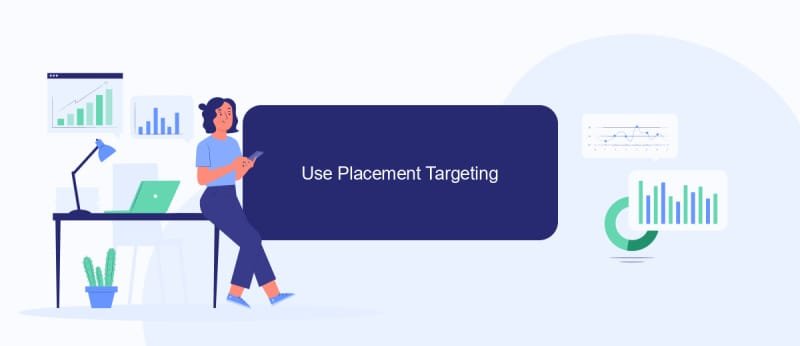
Placement targeting grants you control over where your ads appear on the Google Display Network. It empowers you to choose specific websites, YouTube channels, mobile apps, and even specific web pages that align with your target audience. For instance:
| Placement Type | Description |
| YouTube Channel | Target specific YouTube channels relevant to your niche. |
| Website | Choose specific websites frequented by your target audience. |
| Mobile App | Display your ads on mobile applications popular among your target demographic. |
| Specific Webpages | Target specific pages within a website that aligns with your product or service offering. |
Placement targeting ensures your ads are seen in environments where your target audience is already engaged, increasing brand visibility and driving traffic to your site.
Topic Targeting: Align with Relevant Content
Topic targeting helps you reach people who care about certain subjects. It connects your ads to the content they are looking at online. Google looks at web pages and sorts them into different topics. This lets you pick topics that match what your audience wants.
For example, if you sell sports clothes, you might pick topics like “Fitness,” “Sports,” or “Healthy Living” related to life events. Your ads will show up on websites and YouTube channels that fit these topics. By matching your ads to the interests of users, you have a better chance of grabbing their attention.
This strategy makes sure your message hits users who are already looking for information related to what you offer. This makes your message more effective and can lead to more people buying your products.
Interest Targeting: Tap into User Passions and Habits
Interest targeting helps you connect with users based on what they like and care about. Google puts users into different “affinity audiences” and “in-market audiences.” This is done by looking at their browsing habits, online actions, and shopping history.
- Affinity Audiences: These groups of people share broad interests, like “Sports Fans” or “Tech Enthusiasts.”
- In-Market Audiences: These are groups of people who are actively looking to buy products or services in a specific area. They are very important for businesses.
Using interest targeting lets you find users who already like products or services like yours. This improves the relevance of your ads and boosts the chances of getting a sale.
Conclusion
In conclusion, getting good at Google Ads targeting options is very important for improving your ad strategy. You need to know your audience well. Adjust your approach based on their age, location, language, and interests. This can really help your campaign’s success.
By using the different targeting tools available, you can reach the right users at the right time. This will lead to better results for your business. Keep trying out different targeting options to make your approach better and get more from your ads. If you want to enhance your Google Ads skills, check out these targeting options and see how your campaigns can grow.
Frequently Asked Questions
How do I set up location targeting in Google Ads?
To set up location targeting, first sign in to your Google Ads account. Choose the campaign you want. Then go to the “Settings” tab and click on “Locations.” Here, you can add or exclude locations to make sure your ads reach the right people. You can also narrow your targeting by picking specific areas in a target location using the left-side navigation menu. Use the “Location options” to adjust your reach as needed. For a complete look at how your locations are performing, check out the “Locations” page in the “Reports” section.
What are the different targeting options available in Google Ads?
Google Ads offers targeting options like keywords, demographics, interests, locations, devices, and remarketing. These options help advertisers reach their target audience effectively by displaying ads to users based on their search intent, behavior, and characteristics relevant to the ad campaign.

